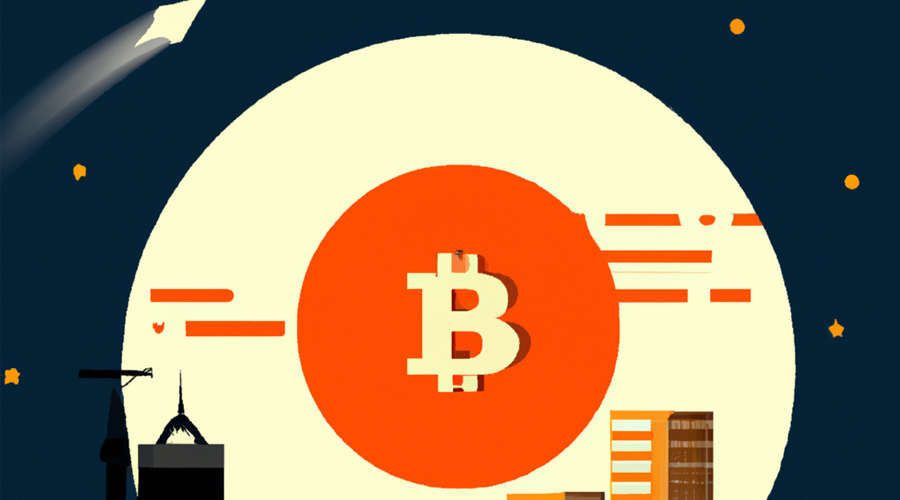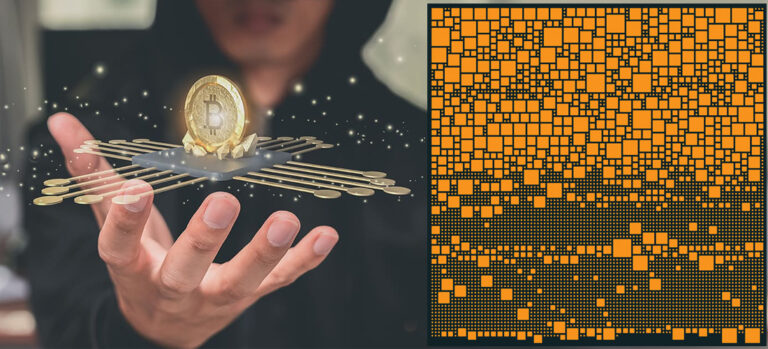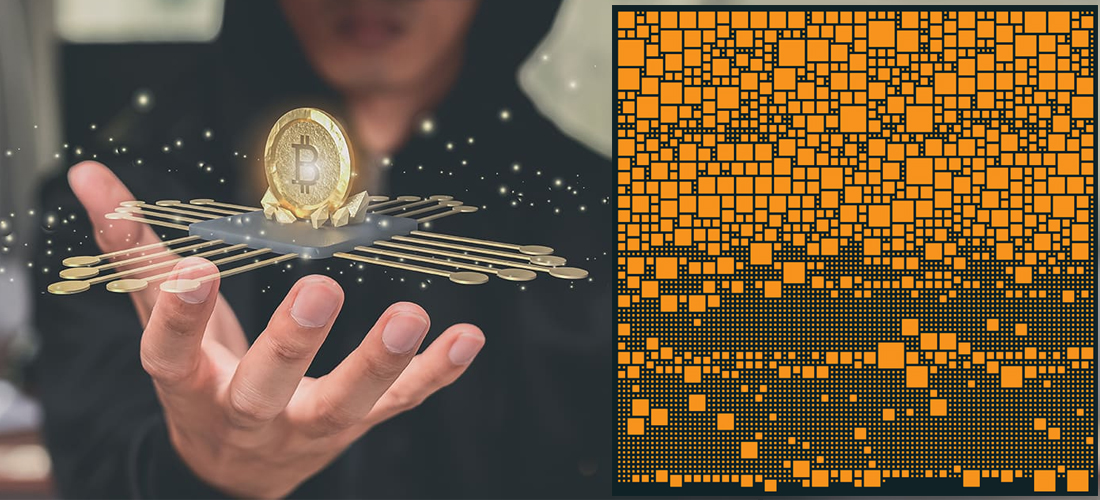In the ever-evolving landscape of digital technology, the concept of a metaverse—a collective virtual shared space—has captured the imagination of many. With the rise of virtual and augmented reality, the dream of a digital universe where individuals can interact, socialize, and own assets is becoming more tangible. The Bitmap Ordinals Theory, which integrates the pioneering and decentralized nature of Bitcoin into the metaverse, offers a fresh perspective on this digital frontier.
Understanding Bitmap Ordinals Theory
The Bitmap Ordinals Theory, as detailed already in a Yahoo Finance article, is a groundbreaking proposal that seeks to intertwine Bitcoin with the metaverse. Central to this theory is the idea that individuals can claim ownership over specific Bitcoin blocks, integrating these blocks into the metaverse’s fabric.
Bitoshi Blockamoto, the visionary behind this concept, foresees a future where the Bitmap Ordinals open-source standard can embed any Bitcoin block into the metaverse. This integration would allow platforms to convert block data into immersive 3D environments, enriching the digital experience.
The “blockout” event recently occurred, where all current blocks had been accounted for on the Bitmap standard. See an excellent video below by the MetaZone / Block Runner team outlining some of the development opportunities on the table with the protocol and concept in its infancy.
Ordinals: The Bridge Between Bitcoin and the Metaverse
Ordinals play a crucial role in the Bitmap Theory. They provide a mechanism to inscribe individual satoshis, the smallest unit of Bitcoin. This inscription process, combined with the Bitmap approach, allows for the claiming of entire Bitcoin blocks. Such a combination emphasizes the decentralized essence of Bitcoin and its potential role in shaping the metaverse.
The Cutural and Historical Value of Bitcoin Blocks
Within the vast digital landscape that the Bitmap Ordinals Theory envisions, Bitcoin blocks hold a unique and revered position. Beyond their technical significance, these blocks are emblematic of the cultural and historical journey of Bitcoin itself.
In the annals of digital history, Bitcoin blocks can be likened to archaeological artifacts. Just as artifacts shed light on the practices and events of ancient civilizations, Bitcoin blocks, especially the earliest ones, serve as chronicles of the inception and evolution of the world’s pioneering decentralized cryptocurrency. Each block, with its distinct transaction history, stands as a testament to the trust, collaboration, and groundbreaking innovation that underpins the Bitcoin network.
The blocks mined by Satoshi Nakamoto, Bitcoin’s enigmatic creator, are particularly treasured. Representing the genesis of the Bitcoin journey, they are foundational pillars that offer insights into the vision and intent of its creator. For enthusiasts, scholars, and digital historians, these blocks are not mere data sets; they are invaluable relics that provide a window into the early aspirations and challenges of the Bitcoin movement.
The Bitmap Ordinals Theory, by emphasizing the cultural and historical value of Bitcoin blocks, invites us to view Bitcoin not just as a technological marvel or financial asset, but as a cultural phenomenon. It’s a narrative of innovation, resilience, and a challenge to traditional financial paradigms. As we envision a future where the metaverse and Bitcoin become increasingly intertwined, these blocks will serve as enduring reminders of the origins of a digital revolution. They encapsulate the spirit and vision that set the stage for the decentralized digital utopia we aspire to create.

A "Ready Player One" Inspired Digital Realm
Ernest Cline’s “Ready Player One” depicted a metaverse where individuals could transcend reality’s limitations and immerse themselves in a digital paradise. The OASIS, the novel’s virtual universe, showcased a world where individuals could shape their surroundings. The Bitmap Ordinals Theory, if realized as its proponents hope, could usher in a metaverse echoing the vastness and potential of the OASIS. The fusion of Bitcoin blocks and the metaverse could grant individuals unparalleled digital agency.
Standardization & Multiplayer Hosting: Building a Unified Metaverse
For the metaverse to truly come alive and offer a seamless experience, two critical components must be addressed: the standardization of 3D environments and the robust hosting of multiplayer interactions.
The digital realm, with its myriad of platforms and technologies, presents a challenge in ensuring a consistent and unified experience. Standardizing 3D environments is the key to navigating this challenge. A unified standard would guarantee that digital assets, environments, and experiences remain consistent, interoperable, and accessible across different platforms and devices. This not only enhances the user experience but also streamlines the development process, ensuring that creators can develop once and deploy everywhere.
Parallel to this is the need for real-time global interactions, which lie at the heart of the metaverse’s appeal. To facilitate these interactions, advanced multiplayer hosting solutions are indispensable. Such solutions must be scalable to accommodate a growing number of users, ensure low latency for real-time feedback, and prioritize security to protect user data and digital assets. The Bitmap Ordinals Theory, with its focus on Bitcoin block ownership, offers a unique perspective on this challenge. By leveraging the unparalleled decentralized nature of Bitcoin, it’s possible to envision a distributed hosting solution that is not only efficient but also inherently secure and transparent.
Together, the dual focus on standardization and robust multiplayer hosting sets the stage for a metaverse that is both expansive and immersive, underpinned by the foundational principles of the Bitmap Ordinals Theory and the decentralized ethos of Bitcoin.
The Road Ahead - Bitmap's Role as a 3D Virtual World
The convergence of standardization, advanced multiplayer hosting, and the Bitmap Ordinals Theory will undoubtedly influence the metaverse’s future trajectory. The integration of Bitcoin, celebrated for its unmatched decentralized characteristics, into this narrative accentuates the transformative potential of the digital age.
In conclusion, Bitmap and its theory offers a compelling vision of a digital utopia where Bitcoin plays a central role. As we navigate this digital revolution, the fusion of Bitcoin and the metaverse, facilitated by the Bitmap Ordinals Theory, promises to redefine our digital interactions and experiences.




